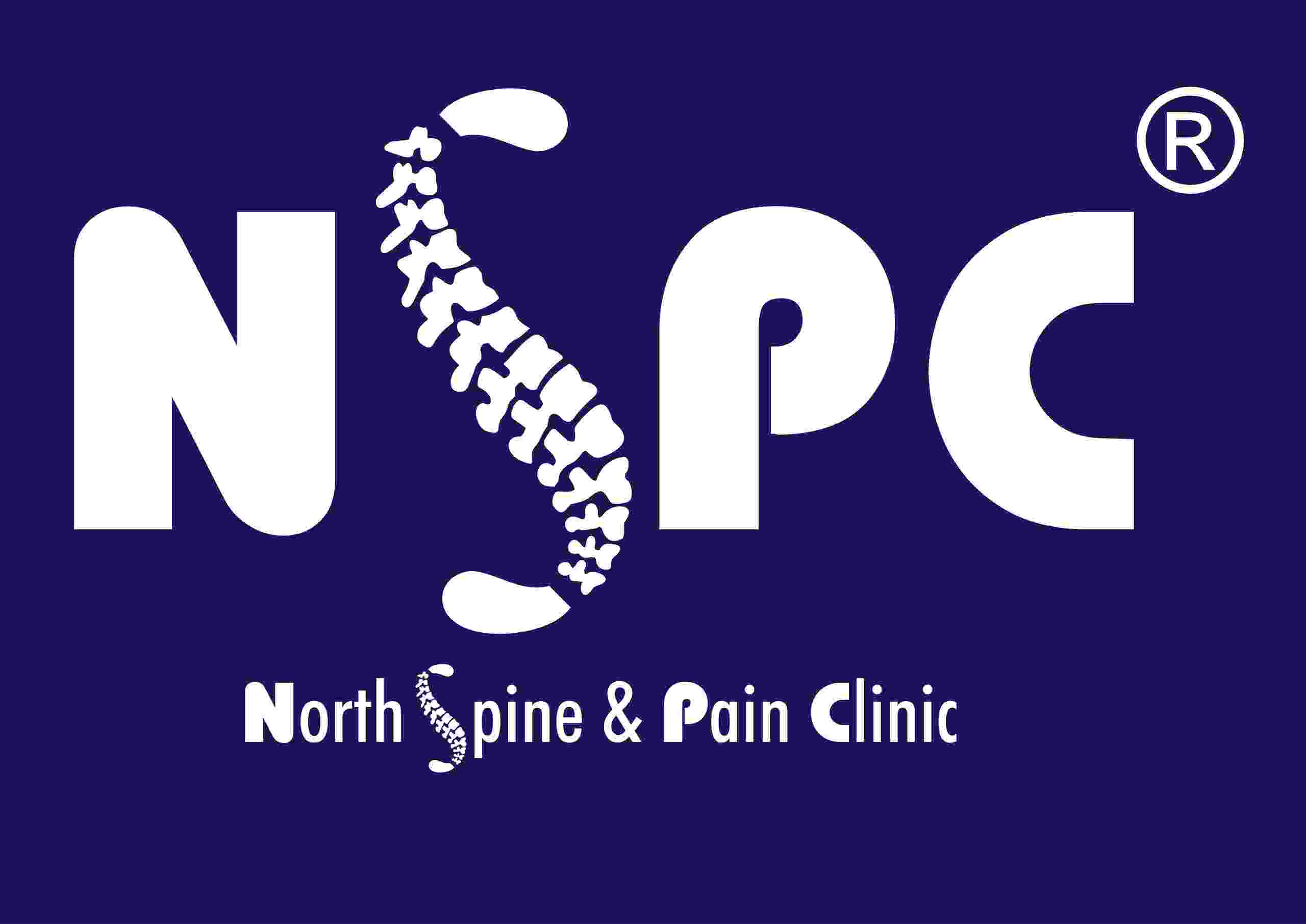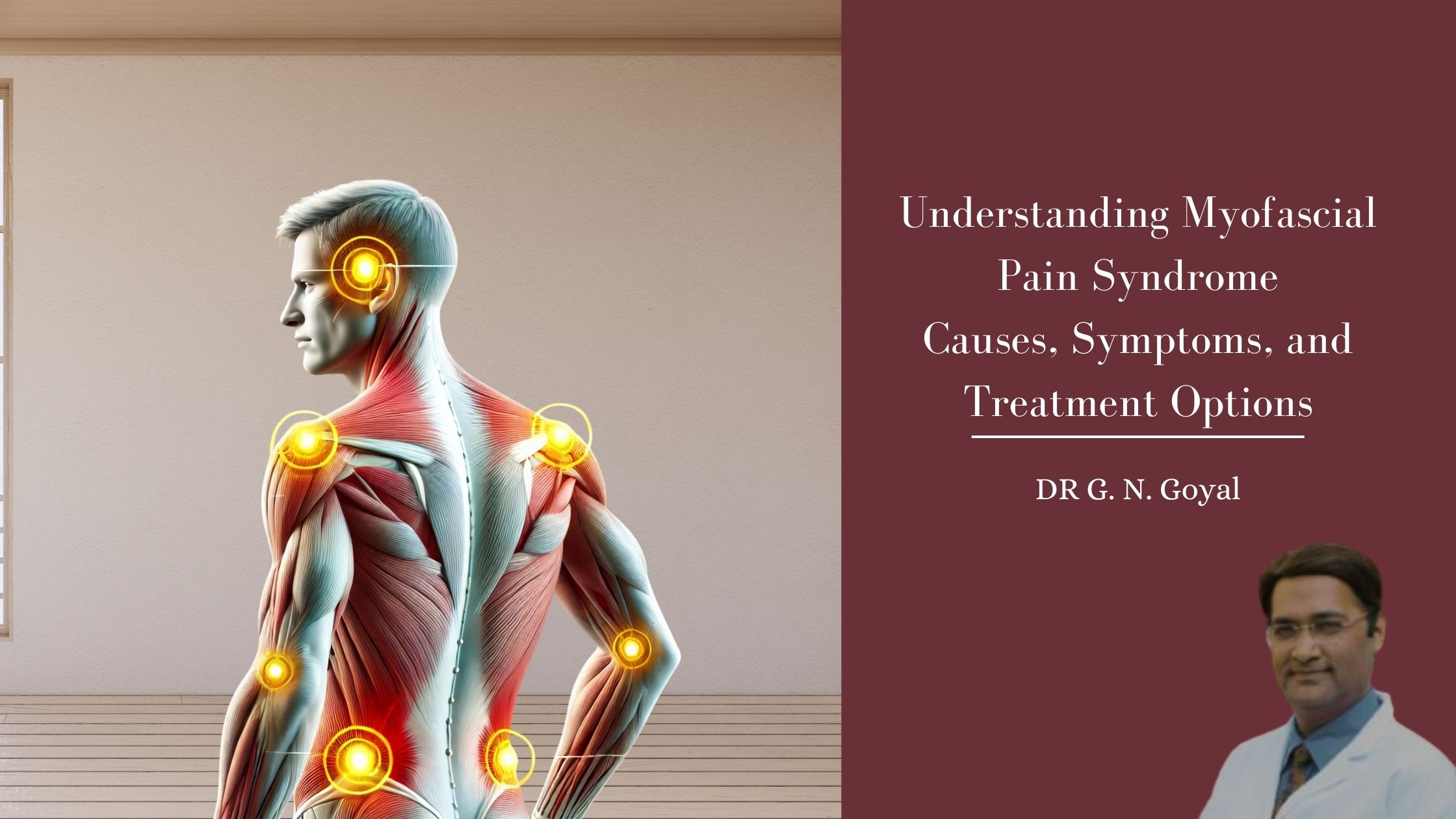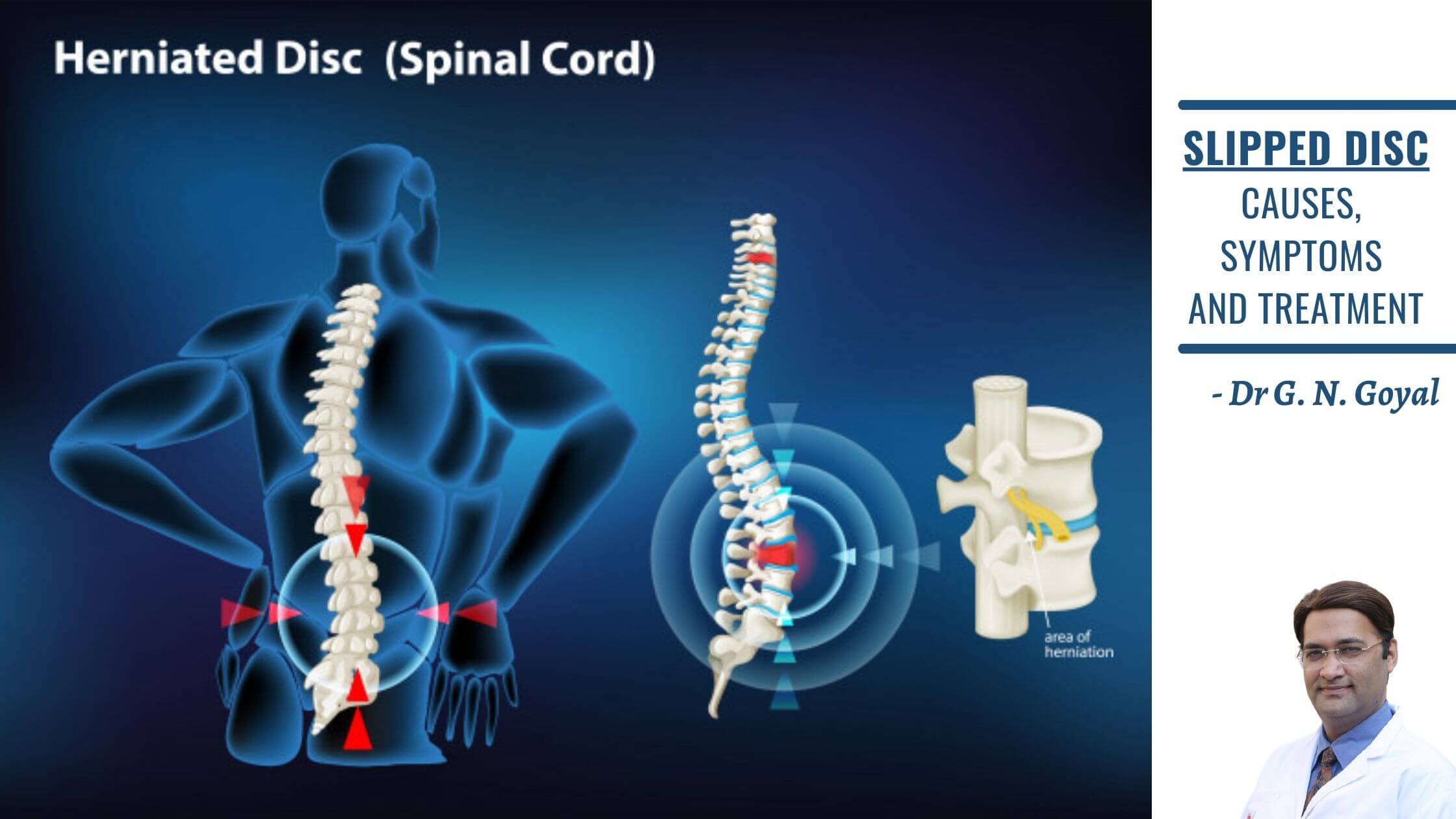Understanding Myofascial Pain Syndrome: Causes, Symptoms, and Treatment Options
Understanding Myofascial Pain Syndrome: Causes, Symptoms, and Treatment Options
Myofascial Pain Syndrome (MPS) is a chronic pain condition that affects the muscles and soft tissues. It is characterized by the development of “trigger points”—sensitive areas of tight muscle fibers that cause localized and referred pain. If left untreated, Myofascial Pain Syndrome can significantly impact daily life, limiting movement and causing constant discomfort. In this blog, we’ll delve into the causes, symptoms, and treatment options for managing Myofascial Pain Syndrome.
What is Myofascial Pain Syndrome?
Myofascial Pain Syndrome is a condition that causes muscle pain and is often linked to the formation of trigger points in muscles. These trigger points are hyperirritable spots within the muscle fibers that can cause pain in the local area or radiate to other regions. Unlike regular muscle soreness, Myofascial Pain Syndrome is persistent and doesn’t resolve with typical rest or over-the-counter pain medications.
Causes of Myofascial Pain Syndrome
Several factors can contribute to the development of Myofascial Pain Syndrome, including:
1. Muscle Overuse: Repetitive movements or overuse of a specific muscle group can lead to the development of trigger points, causing muscle tension and pain.
2. Injury or Trauma: Any injury, especially a muscle strain or tear, can cause Myofascial Pain Syndrome by creating areas of muscle tightness and trigger points.
3. Poor Posture: Chronic poor posture, especially while sitting or standing for extended periods, can place undue stress on muscles and lead to the formation of trigger points.
4. Stress and Tension: Emotional stress and anxiety often lead to muscle tightness, particularly in the neck, shoulders, and back, which may result in Myofascial Pain Syndrome.
5. Sleep Disruptions: Poor sleep quality can exacerbate muscle fatigue, leading to the development of trigger points in various muscle groups.
Symptoms of Myofascial Pain Syndrome
The most common symptoms of Myofascial Pain Syndrome include:
– Localized muscle pain: Pain that occurs in specific muscle groups, often described as aching, throbbing, or deep discomfort.
– Referred pain: Pain that radiates from the trigger point to other areas of the body, making it feel like the pain is originating from a different location.
– Muscle stiffness: The affected muscles may feel tight or stiff, limiting movement.
– Decreased range of motion: The muscle or muscle group affected by Myofascial Pain Syndrome may become less flexible, restricting normal movement.
– Tenderness: The trigger points within the muscles are typically very tender to touch, causing discomfort when pressed.
How is Myofascial Pain Syndrome Diagnosed?
To diagnose Myofascial Pain Syndrome, healthcare professionals will conduct a thorough physical examination. They may assess the affected muscles for the presence of trigger points, which can be felt as tight knots within the muscle. The doctor may also ask about your medical history, lifestyle, and any previous injuries to help pinpoint the cause of the pain.
In some cases, imaging tests like X-rays, Ultrasound or MRIs may be used to rule out other conditions, but a definitive diagnosis of Myofascial Pain Syndrome is usually based on physical examination and patient symptoms.
Treatment Options for Myofascial Pain Syndrome
Treating Myofascial Pain Syndrome involves a combination of approaches aimed at relieving pain, relaxing muscle tension, and improving mobility. Some effective treatment options include:
1. Physical Therapy
– A physical therapist may use targeted exercises and techniques such as stretching and strengthening exercises to help relieve muscle tension and improve flexibility.
2. Trigger Point Injections
– A healthcare provider may inject local anesthetics or corticosteroids into the trigger points to reduce pain and inflammation associated with Myofascial Pain Syndrome.
3. Massage Therapy
– Massage therapy, especially deep tissue massage, can help release tight muscle fibers and trigger points, providing significant relief from pain.
4. Dry Needling
– Dry needling is a technique where thin needles are inserted into the muscle tissue to stimulate the trigger points and promote muscle relaxation and pain relief.
5. Medications
– Over-the-counter pain medications like NSAIDs or muscle relaxants can help manage symptoms of Myofascial Pain Syndrome. In more severe cases, a doctor may prescribe stronger medications.
6. Lifestyle Modifications
– Improving posture, incorporating stress management techniques like meditation, and ensuring proper sleep hygiene can help reduce the frequency and intensity of symptoms.
7. Radio frequency Ablation
-Radio frequency ablation offers the advantage of being precise, reproducible and effective to a greater extent. It also has the ability to check before the ablation to avoid ablating the wrong nerve elements, which provides a considerable safety margin. Radio frequency Ablation (RFA) is a very exciting method in pain medicine that uses a specialized device
Can Myofascial Pain Syndrome Be Prevented?
While Myofascial Pain Syndrome can sometimes be unavoidable, there are several steps you can take to reduce your risk:
– Maintain good posture to prevent unnecessary strain on muscles.
– Take breaks if you are performing repetitive movements or sitting for long periods.
– Incorporate relaxation techniques like yoga, meditation, or deep breathing to reduce stress and prevent muscle tension.
– Exercise regularly to keep muscles strong and flexible, preventing muscle fatigue and trigger points.
Myofascial Pain Syndrome is a chronic condition that can cause significant discomfort and affect daily activities. Understanding the causes and symptoms of this condition can help you seek appropriate treatment and manage pain effectively. Whether through physical therapy, trigger point injections, or lifestyle changes, various treatments can alleviate the pain and help you regain normal function. If you suspect you have Myofascial Pain Syndrome, consulting with a specialist healthcare professional will ensure you get the right diagnosis and personalized treatment plan.
Visit the Best Doctor for Myofascial Pain Syndrome or for any other muscle related Problems, Dr. G N Goyal, at the nearest Pain Clinic, or book your appointment now!





